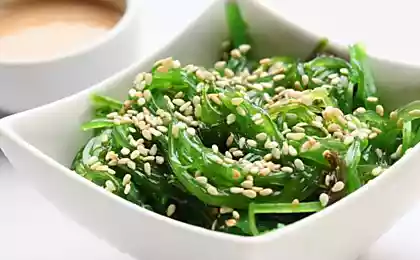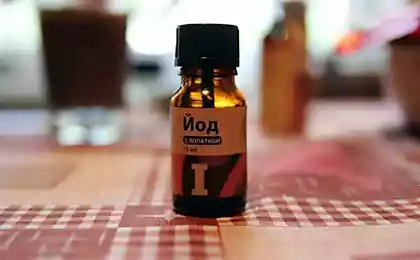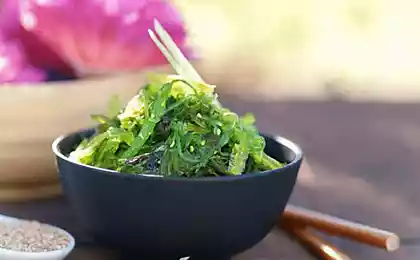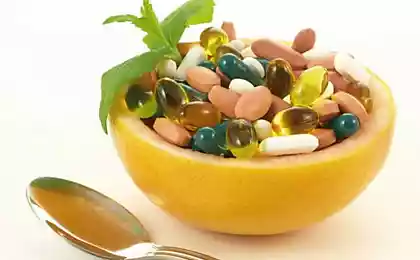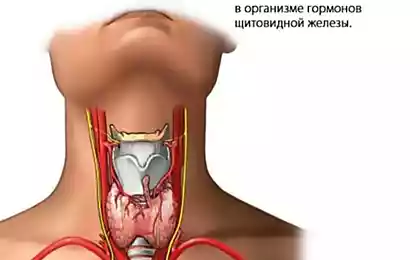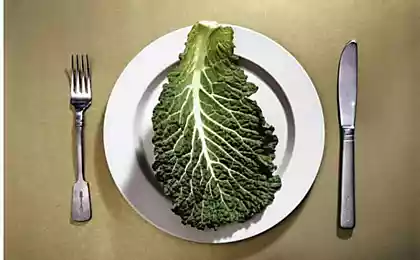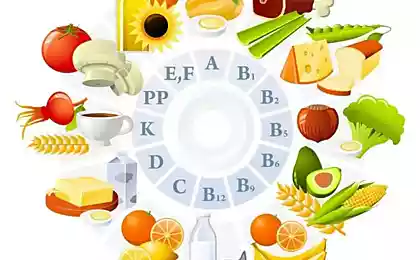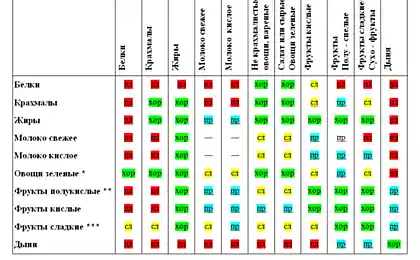204
What products to compensate for the lack of iodine
The World Health Organization has called iodine deficiency the most common non-communicable disease on the planet. According to statistics, every Russian gets 2-3 times less iodine than necessary. And it takes a little less than a teaspoon for 75 years of life!
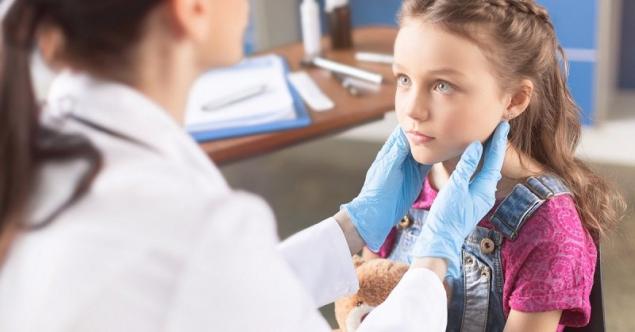
Daily, according to WHO recommendations, this is 100 mcg for adolescents, 150 mcg for adults and 200 mcg for pregnant women. It seems a little, but iodine is a rare element. A person receives it only from the outside: 90% - with food, the rest - with water and air.
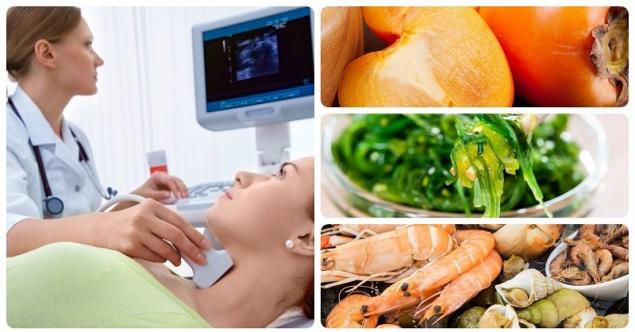
If lack of iodine in the bodymetabolic disorders, the thyroid gland ceases to function properly, immunity is weakened, the condition of the skin, nails and hair deteriorates, the risk of obesity increases, and in advanced cases, diseases such as goiter and cretinism develop.
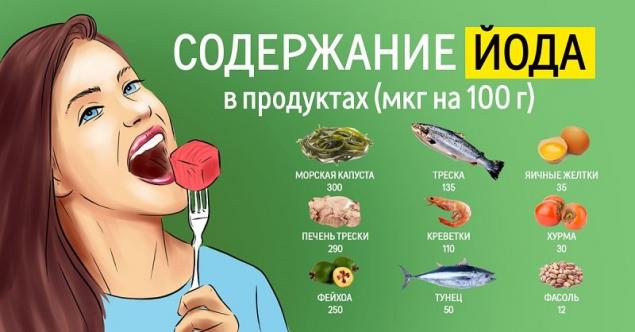
Iodine deficiency is especially noticeable in the autumn-winter period, when our diet is dominated by foods that are poor in vitamins and trace elements. "Site" compiled the top 10 foods that will help you fill the deficiency of the “smart” element and strengthen the thyroid gland.
Iodine in foods
In small volumes, iodine is found in dairy products, wheat and buckwheat cereals, strawberries, bananas, as well as in mushrooms. The easiest way to add an additional amount of iodine to the diet is to use iodized salt.
However, you need to consider that a lot of iodine is lost during cooking, and the more the longer the heat treatment. So, when cooking meat and fish, the iodine content drops by almost 50%, and when cooking potatoes, from 30% to 40% of the valuable element is lost.
Feijoa berries in terms of iodine content can be compared only with seafood. Learn how to use this unique product to strengthen immunity and treat thyroid diseases.
Magical iodine - the so-called solution of iodine with garlic for its wonderful medicinal properties. Supporters of traditional medicine are convinced that iodine with garlic can cure a huge number of different diseases.
Second to other marine fish in size, capelin boasts a record content of iodine and vitamin B12. It is rich in calcium, fluoride, potassium, sodium, phosphorus. We tell you how to cook a delicious fish in the oven.

Daily, according to WHO recommendations, this is 100 mcg for adolescents, 150 mcg for adults and 200 mcg for pregnant women. It seems a little, but iodine is a rare element. A person receives it only from the outside: 90% - with food, the rest - with water and air.

If lack of iodine in the bodymetabolic disorders, the thyroid gland ceases to function properly, immunity is weakened, the condition of the skin, nails and hair deteriorates, the risk of obesity increases, and in advanced cases, diseases such as goiter and cretinism develop.

Iodine deficiency is especially noticeable in the autumn-winter period, when our diet is dominated by foods that are poor in vitamins and trace elements. "Site" compiled the top 10 foods that will help you fill the deficiency of the “smart” element and strengthen the thyroid gland.
Iodine in foods
- seaweed
In 100 grams of kelp, or sea kale, contains up to 300 mcg of iodine. Try adding it to your favorite salads, and you will easily ensure the daily rate of a vital trace element. In addition to iodine from kelp, you can get vitamins A, E, C, B, as well as iron and magnesium.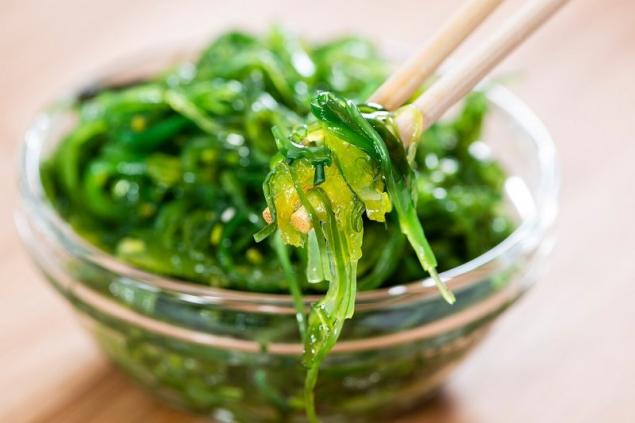
- Cod liver.
In the Soviet Union, cod liver was a delicacy, salad from it was made only on holidays. Nowadays, jars of liver are in every supermarket, but this, of course, has not become less useful. Cod liver is a source of fish oil, in a significant amount contains a number of vitamins (A, D, E), folic acid and iodine. 100 grams of the product can contain from 250 to 370 μg of iodine.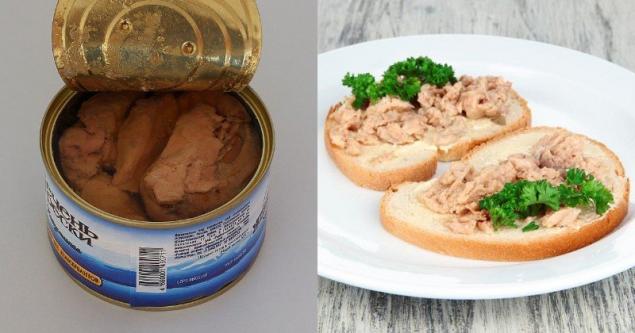
- feijoa
Feel it. iodine deficiency? Impaired metabolism? Don't rush to get your meds. Many diseases will help to cope with the tropical feijoa fruit, which is currently grown in the south of our country - in the Krasnodar Territory and in the subtropical part of the Caucasus and Crimea. Feijoa is the only plant that can be compared to seafood in terms of iodine content. If the tree grows on the coast, in one hundred grams of fruit, the iodine content can reach 250 mcg. If feijoa fruits far from the sea, then the iodine in the berries is much less.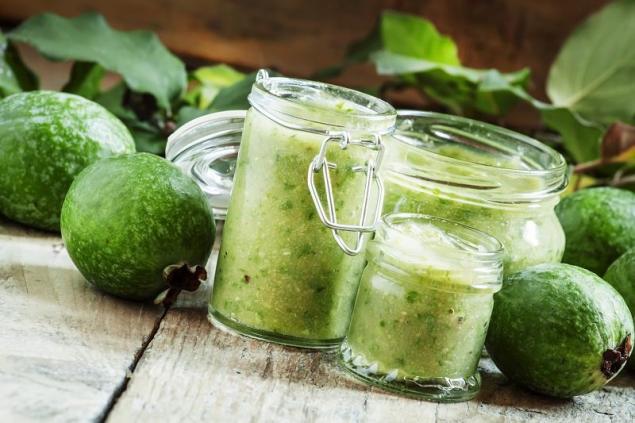
- Cod
Cod is an excellent source of protein for those who watch their diet: this white fish has little fat and calories, but many vitamins and trace elements, including iodine. One serving (100 grams) contains 110-135 mcg of iodine.
- Shrimp
Almost all seafood is rich in iodine, and shrimp is no exception. In one serving (100 g), you will find up to 110 mcg of iodine or 2/3 of the daily norm.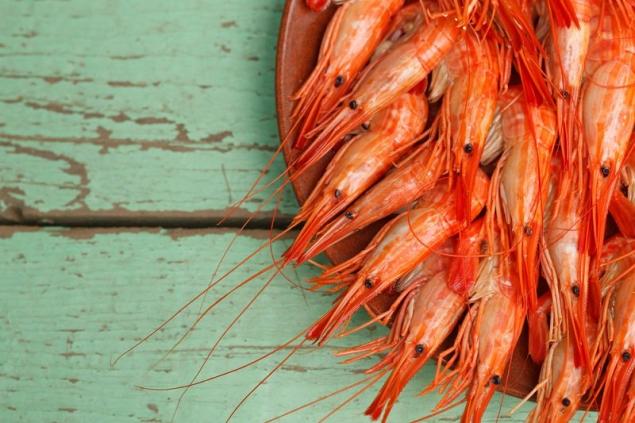
- Tuna
Tuna meat is highly valued for having the highest protein content among all fish. “Sea veal”, as the chef’s tuna is called, has exceptional taste qualities and is great for making pate and salads. Tuna contains a lot of potassium, phosphorus, calcium, magnesium, iron and iodine (in 100 grams about 50 micrograms).
- Eggs.
Chicken eggs are the only product that is absorbed by our body by 97-98%. Of the trace elements in eggs there is phosphorus, iron, copper, magnesium, iodine (up to 35 μg per 100 g). But basically all vitamins and trace elements are contained in the yolk.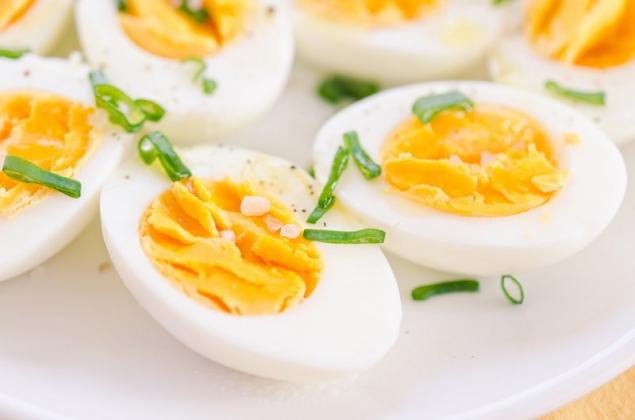
- hurma
Iodine is quite high in persimmon (up to 30 mcg per 100 g of fruit). In addition, it contains magnesium, sodium and iron, the content of which exceeds even apples.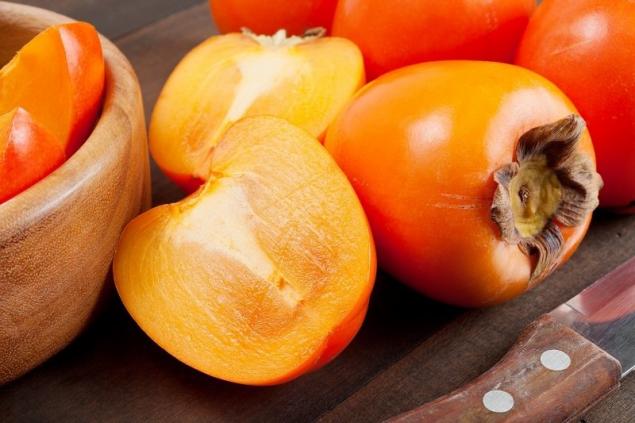
- Turkey breast
Turkey is loved by athletes for a large amount of protein and losing weight for a small percentage of fat. But to love it is worth a high concentration of nutrients: calcium, potassium, zinc, iron, phosphorus, iodine (about 20 micrograms per 100 grams) and B vitamins.
- beans
Bean dishes are not only tasty and rich in iodine, but also very useful. Beans have a lot of fiber, magnesium, copper, zinc, folic acid, which is necessary to create new cells in the body and keep them in normal condition. And of course, there is iodine - 100 grams of beans contain from 10 to 15 mcg.
In small volumes, iodine is found in dairy products, wheat and buckwheat cereals, strawberries, bananas, as well as in mushrooms. The easiest way to add an additional amount of iodine to the diet is to use iodized salt.
However, you need to consider that a lot of iodine is lost during cooking, and the more the longer the heat treatment. So, when cooking meat and fish, the iodine content drops by almost 50%, and when cooking potatoes, from 30% to 40% of the valuable element is lost.
Feijoa berries in terms of iodine content can be compared only with seafood. Learn how to use this unique product to strengthen immunity and treat thyroid diseases.
Magical iodine - the so-called solution of iodine with garlic for its wonderful medicinal properties. Supporters of traditional medicine are convinced that iodine with garlic can cure a huge number of different diseases.
Second to other marine fish in size, capelin boasts a record content of iodine and vitamin B12. It is rich in calcium, fluoride, potassium, sodium, phosphorus. We tell you how to cook a delicious fish in the oven.















